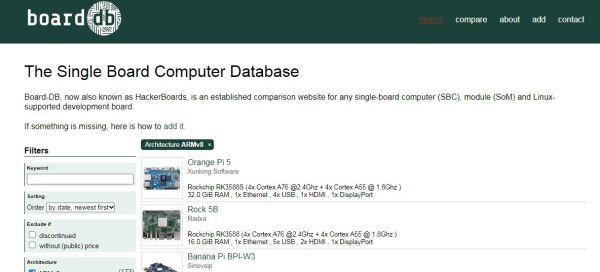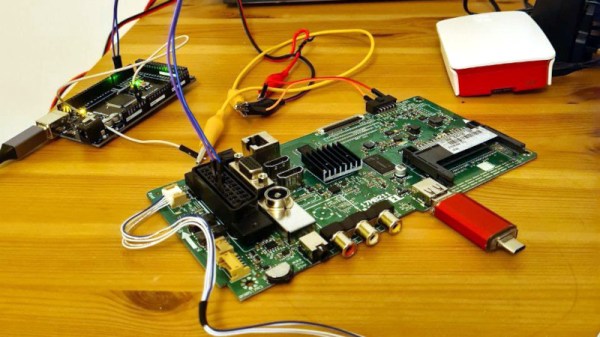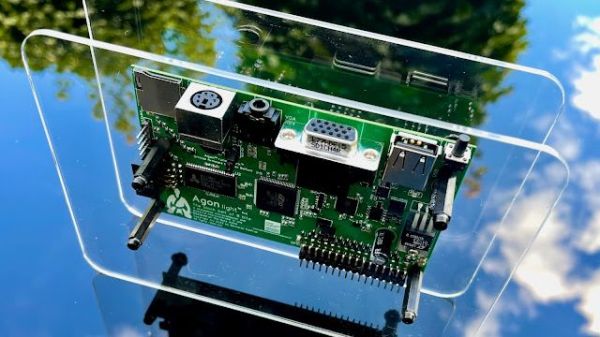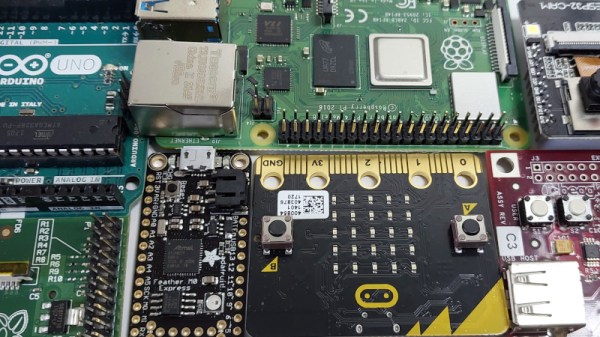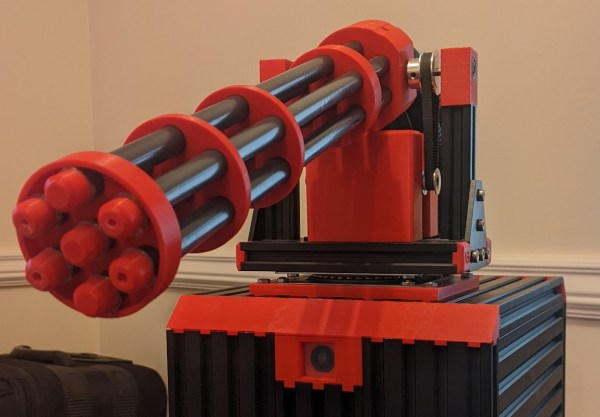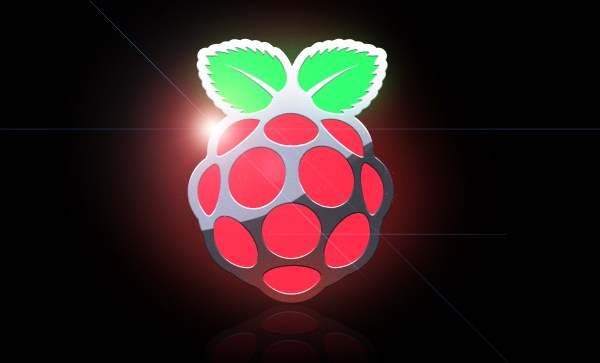The great thing about the wide availability of single-board computers (SBCs) is that it offers such a large selection of options, in terms of CPU performance, GPU features, RAM size, I/O options and much more. This is however also the largest issue, especially with the annual surge of new boards with new feature sets. Trying to make sense of all these offerings is the recently overhauled Board-DB, also known as Hackerboards.
As [Martijn Braam] explains in the blog post on the changes, a major upgrade over the old Hackerboards (which we covered in 2016) is a far more extensive set of parameters that can be filtered against. This makes a fine-grained selection of detailed features significantly easier, which is also reflected in the technical specifications comparison feature. With over 450 active entries there are a lot of boards that can already be filtered on, but manufacturers are invited to take up contact to add further entries, which should keep the list up to date.
Incidentally, if you’d like to know how [Martijn] gets those gorgeous PCB photographs, he wrote a whole a separate write-up that goes over his camera setup.
Thanks to [Vlad] for the tip.

